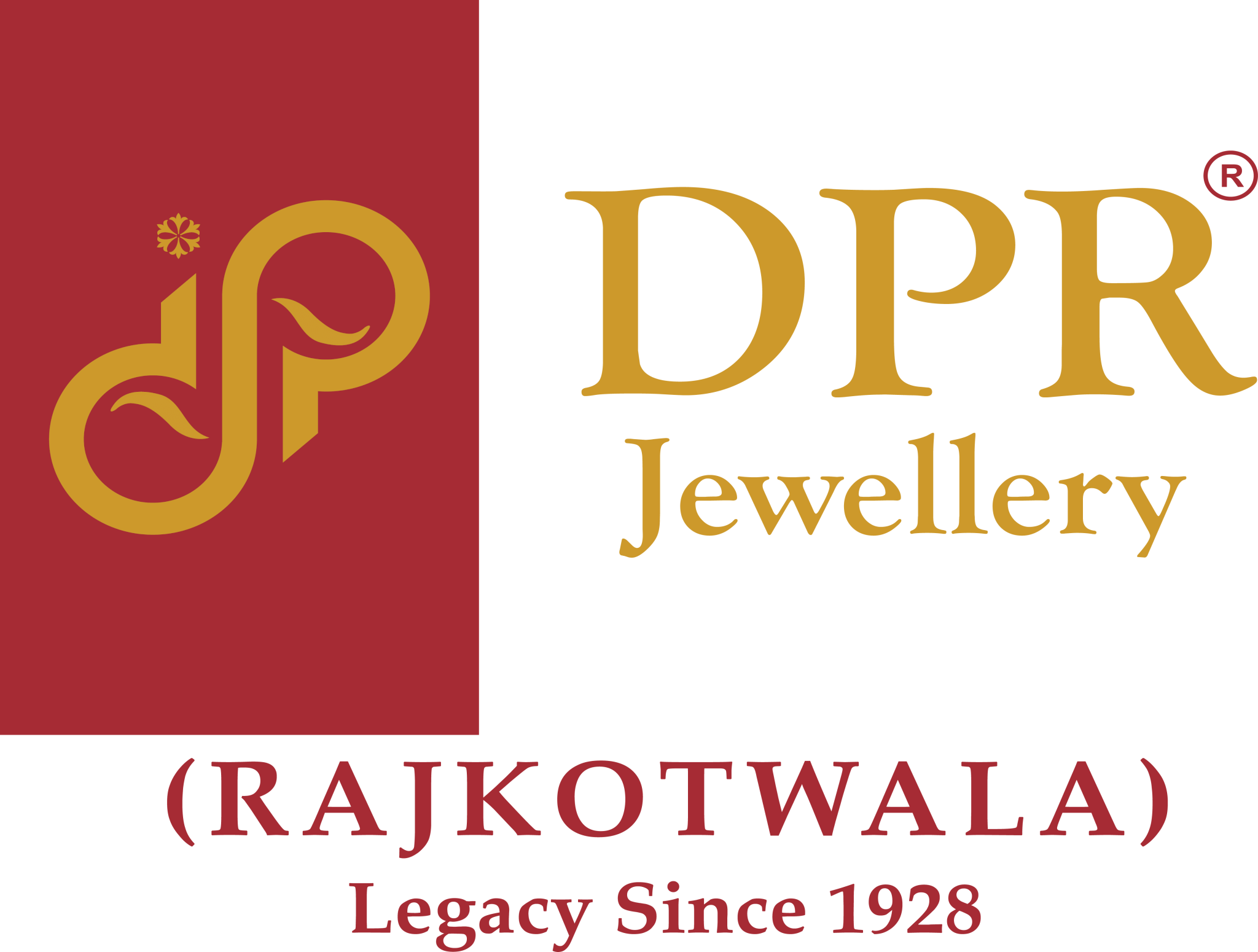Hallmark of Gold or Silver is done to certify the purity, fineness of the metal (also known as Caratage). This process of certifying is known as Hallmarking. The process of hallmarking is not new, it dates back to at least to the 13th Century in Europe when they used to get a leapord’s head as a marking. In Asia, India during the earlier times, there used to be personal identification marks by different goldsmiths to identify their own making and work.
In India, the Bureau of Indian Standards (BIS) is responsible for hallmarking standards under the BIS act. There are various BIS designated Hallmarking centers where different Jewellery is hallmarked. There are various purity of Gold Jewellery, for example 14K, 18K or 22K. This simply means that 18K say will carry 18/24 parts of Gold and other alloys separately.
There are 4 different components in hallmarking:
1. BIS Mark
2. Purity & fineness of Gold.
- 22K916 (91.6% Purity)
- 18K750 (75% Purity)
- 14K585 (58.5% Purity)
3. Assaying and hallmarking centre’s identification mark
4. Jeweller’s mark

Why is Hallmarking necessary?
Hallmarking a piece of jewellery gives an assurance to the buyer of the purity of gold jewellery and also protects the manufacturer/ jeweller against inferior metal standards or mishaps by artisans. Hallmark is the mark of purity, so it instils confidence in the mind of the consumer.
What is difference between Hallmark and KDM ?
KDM means that the gold jewellery ornaments are soldered by cadmium. This was an improvement over the earlier years from 1950s to 1980s in terms of purity. But while the purity of gold improved, cadmium is harmful to the artisans working on them. So BIS banned the use of KDM and thus in the recent times, BIS hallmarking is done and mark of BIS 916 or BIS 750 is given.

